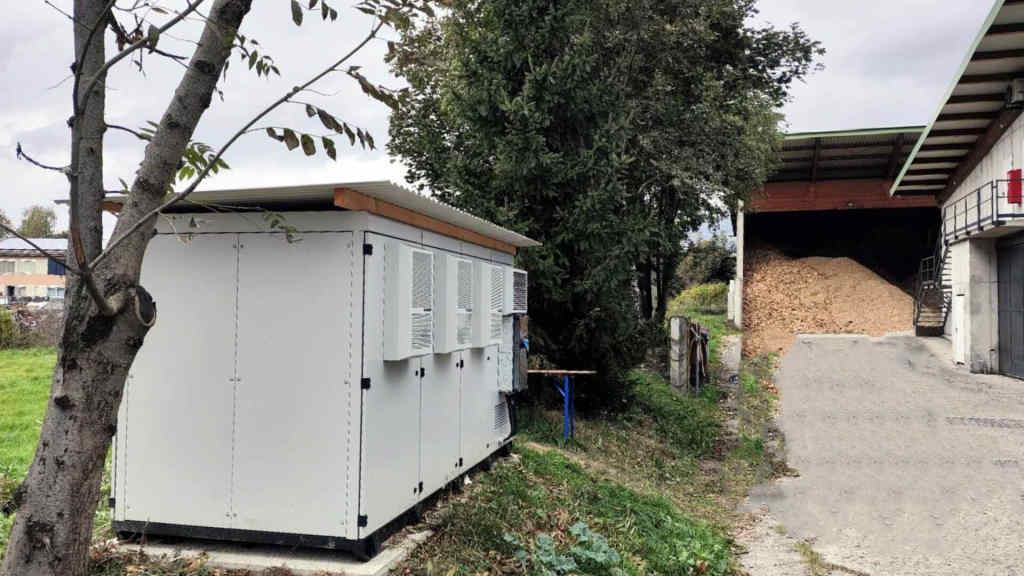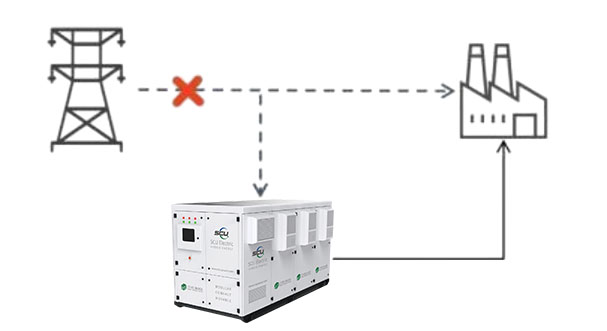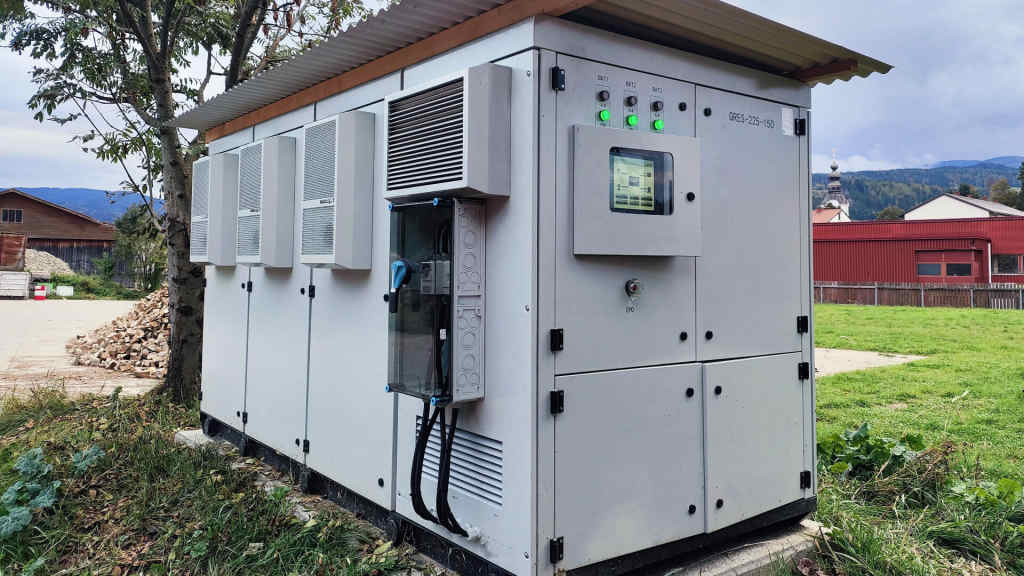Background
In Austria, a country rich in natural resources, thermal power plants have always been one of the main sources of electricity supply. Thermal power plants have numerous power equipment, and the control operations of the generating units are quite cumbersome. At the same time, the power demand and the number of operating personnel in the plant are large, which makes the power plant’s operating costs relatively high. Especially in the summer, grid instability often leads to power outages, which can lead to power plant failures. This complex operating environment makes thermal power plants face more challenges, and measures need to be taken to improve their stability and reliability.
To solve this problem, SCU successfully provided energy storage solution to Austrian customers. As an energy storage system, GRES achieves continuous power supply stability and minimizes thermal power plants’ operational failures, providing a sustainable source of electricity for Austria. The industry has set a new benchmark.
Policy
Austria has been actively promoting clean energy and sustainable development and is committed to reducing its dependence on traditional energy sources. The government’s support for energy storage technology makes the application of energy storage in the power field gradually become an important choice. In this context, SCU’s energy storage solution provides reliable support for Austrian thermal power plants, which meets policy requirements and solves the practical problem of grid instability.

Solution Features
SCU’s use of energy storage systems (GRES) as the uninterruptible power supply (UPS) for thermal power plants has some significant advantages over traditional UPS systems.

First, energy storage systems can not only provide instant power support but also store large amounts of electrical energy to ensure thermal power plants can operate long in emergencies. This energy storage and release characteristic makes the energy storage system a more flexible backup power source that can adapt to different power outage durations.
Secondly, energy storage systems have unique advantages in smoothing grid load. It can absorb grid load fluctuations and improve the stability of the grid. By storing excess electrical energy and releasing stored electrical energy, energy storage systems can adjust the supply and demand balance of the grid and reduce voltage and frequency fluctuations, thereby improving the reliability of the entire grid.
In addition, energy storage systems have very fast response times. Compared with traditional backup power sources, such as diesel generators, energy storage systems can provide power support within milliseconds. This fast and reliable switching makes thermal power plants unaffected by seasonal grid problems, improving the reliability of power supply. And it is very important to prevent critical application scenarios such as device damage and data loss.
Finally, using energy storage systems as UPS systems can also achieve zero-emission power support. The energy storage system does not produce any emissions, which helps improve the environmental friendliness of thermal power plants. Compared with traditional diesel generators, the zero-emission nature of the energy storage system makes it more environmentally friendly when responding to emergencies.
Outlook
SCU’s energy storage solution not only technically solves the problem of grid instability but also complies with Austria’s principles of sustainable development. Through the application of energy storage systems, thermal power plants reduce their dependence on traditional electricity, reduce carbon emissions and positively contribute to the realization of Austria’s sustainable energy goals.
The successful application of this energy storage solution provides a feasible and innovative power stabilization solution for Austrian thermal power plants. It sets an example in promoting clean energy and sustainable development. In the future, with the continuous innovation of energy storage technology, such solutions will become an important trend in the power industry, injecting more impetus into the global energy transformation.

